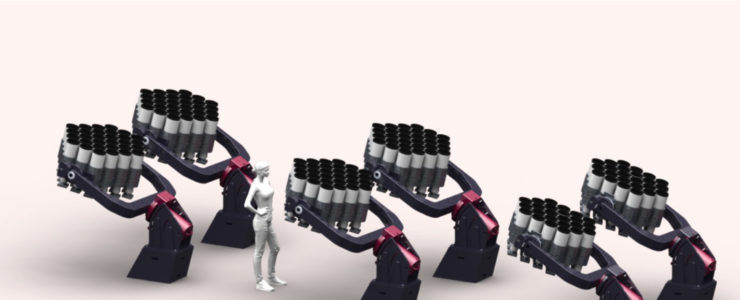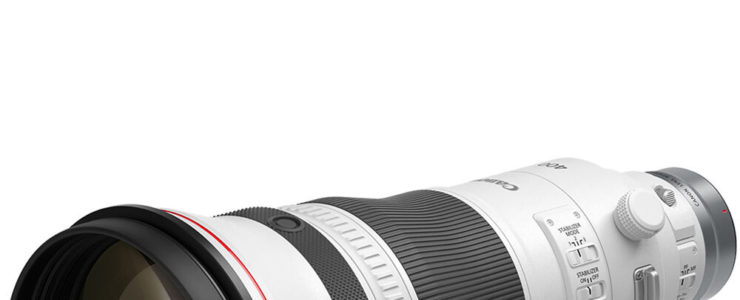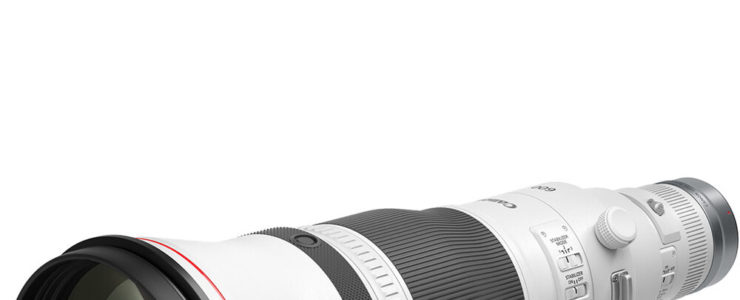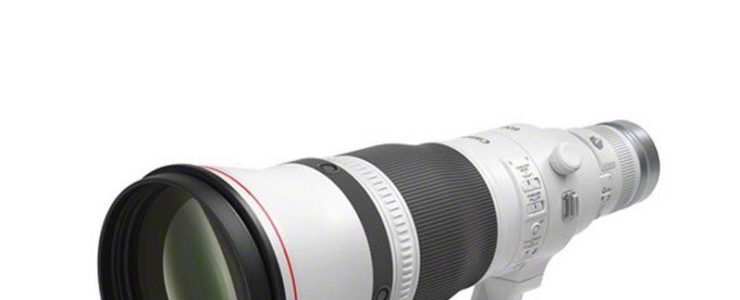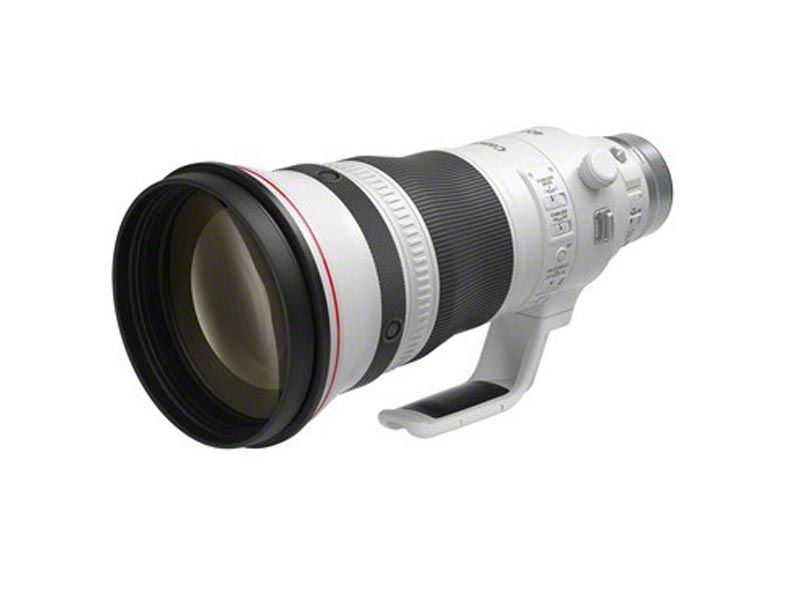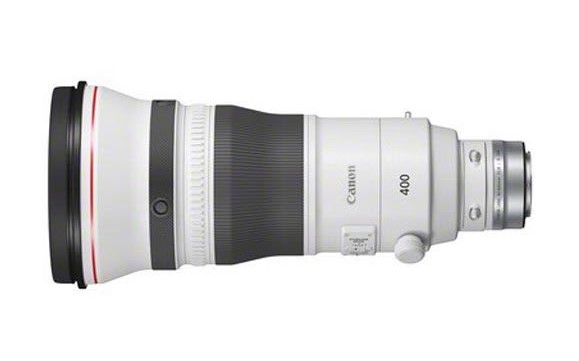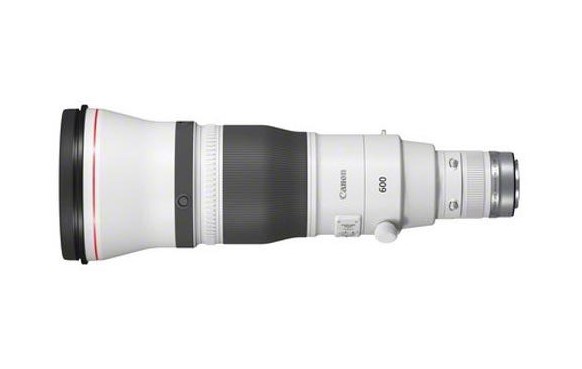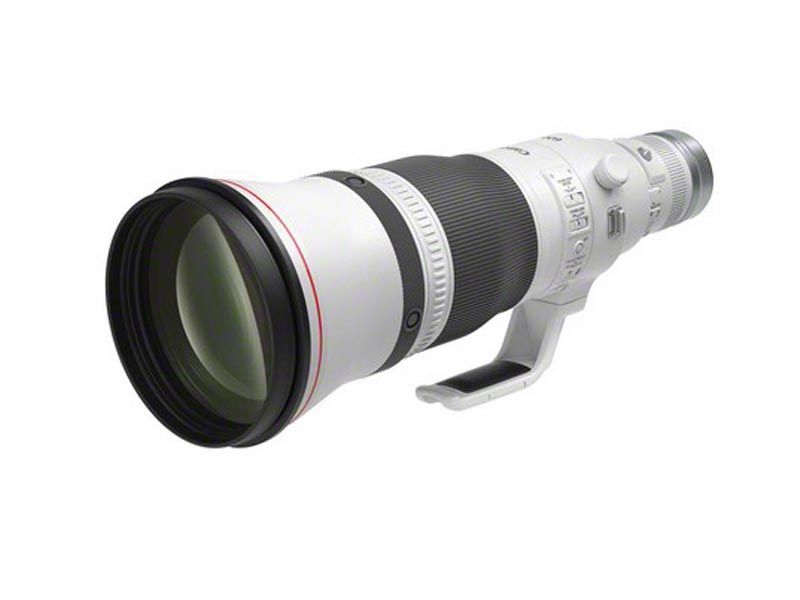Canon Expands Dragonfly Telephoto Array With 120 EF 400mm f/2.8L IS II Lenses
We reported about the Dragonfly Telephoto Array in the past. It’s a project developed by the University of Toronto’s Dunlap Institute for Astronomy and Astrophysics for which Canon delivers the optics.
The Dragonfly Telephoto Array started with 10 lenses and is designed to reveal
[…] the faint structure [of the universe] by greatly reducing scattered light and internal reflections within its optics. It achieves this using ten, commercially available Canon 400mm lenses with unprecedented nano-fabricated coatings with sub-wavelength structure on optical glasses.
Now Canon provides 120 (one-hundert-twenty) more EF 400mm f/2.8L IS II lenses to the array. So, now that you got what it is about, here is a more detailed description about the Dragonfly Telephoto Array:
The Dragonfly Telephoto Array is a novel telescope concept designed to image large and extremely faint structures in the night sky. These structures hold important clues to the distribution and nature of dark matter, the elusive substance whose contribution to the total mass-energy density of the Universe is five times higher than that of normal matter. These structure are hard to see with conventional telescopes due to a combination of scattered light from bright stars and their mosaicked detectors. Dragonfly harnesses the power of commercially-available high-end telephoto lenses to address these issues. The latest generation of Canon 400 mm f/2,8 lenses have superb anti-reflection properties, owing to one of the first applications of nano-fabricated coatings with sub-wavelength structures on optical glasses. Furthermore, each lens is equipped with a single monolithic wide-field detector covering six square degrees, and with multiple redundant lines of sight Dragonfly achieves extremely accurate modeling of the night sky emission.
Commissioned in 2013 with three lenses, the array currently consists of 48 lenses in two clusters of 24. Optically the telescope functions as the equivalent of a 1.0 m diameter refractor with a focal ratio of f/0.4, the largest and by far the most sensitive lens telescope in existence. “Behind the scenes” innovations include the use of AI planning tools to optimize nightly operations and survey design, unit-based basic data processing with compute sticks, the application of Internet of Things operational protocols to communicate with the 48 lenses, and fully automated gate-driven cloud-based data analysis. Our dual goals are to:
1. Improve our understanding of dark matter through study of the low surface brightness universe
2. Harness the potential of distributed telescopes, combined with advances in information technology, for transformational science

The Dragonfly Telephoto Array before 2015 
 Download HiRes/300 dpi Download LoRes/72 dpi Dragonfly Telephoto Array installed in New Mexico – Image by Pieter van Dokkum, Yale University
Download HiRes/300 dpi Download LoRes/72 dpi Dragonfly Telephoto Array installed in New Mexico – Image by Pieter van Dokkum, Yale University
Assembling the Dragonfly Telephoto Array – the first three lenses 
Dragonfly Telephoto Array installed in New Mexico – Image by Pieter van Dokkum, Yale University 
Photo taken with the Dragonfly Telephoto Array. The moon is shown for scale – Image by Pieter van Dokkum, Yale University 
Dragonfly Telephoto Array installed in New Mexico – Image by Pieter van Dokkum, Yale University
Canon press release:
Canon U.S.A. Inc., to Provide 120 EF 400mm f/2.8L IS II USM Lenses for Expansion of the Dragonfly Telephoto Array Project
MELVILLE, NY, November 18, 2021 – Canon U.S.A. Inc., a leader in digital imaging solutions, today announced the company will provide technical assistance to Project Dragonfly, an international research team from Yale University, and the University of Toronto, in its plan to expand the Dragonfly Telephoto Array. The company will provide the project with 120 Canon EF 400mm f/2.8L IS II USM large-aperture super-telephoto single-focal length lenses, and its parent company, Canon Inc., will provide technical assistance.
The Dragonfly Telephoto Array is a telescope array equipped with multiple Canon large-aperture super-telephoto single focal length lenses – specifically, the Canon EF 400mm f/2.8L IS II USM lens. The telescope was designed in 2013 by Project Dragonfly, an international research team from Yale University and the University of Toronto. The Dragonfly Telephoto Array is capable of capturing images of galaxies that are so faint and large that they had escaped detection by even the largest conventional telescopes. Its mission is to study the low surface brightness universe to elucidate the nature of dark matter and to utilize the concept of distributed telescopes.
In support of this research, Canon provided technical assistance by supplying 40 Canon EF 400mm f/2.8L IS II USM lenses in 2015, expanding the array to 48 lenses with 24 telescopes bundled on two separate mounts. Since then, the research team has produced significant results in extragalactic astronomy, including discovering the ultra-diffuse galaxy Dragonfly 44 in 2016 and the identification of a galaxy that lacks dark matter, NGC 1052-DF2, in 2018.
This time, Canon will provide technical assistance by supplying 120 Canon EF 400mm f/2.8L IS II USM lenses to the research team, further expanding the telescope array. With a total of 168 lenses, the telescope array has a light-gathering capability equivalent to that of a refracting telescope of 1.8 meters in diameter, with a focal length of only 40 cm, and is expected to open new windows on the universe.
Canon is committed to contributing to the development of science and technology by leveraging the technological strengths it has cultivated as a leading imaging company.
Message from Professor Pieter van Dokkum of Yale University comments
The Dragonfly Telephoto Array is the pre-eminent survey telescope for finding faint, diffuse objects in the night sky. It has enabled us to discover ultra-diffuse galaxies and other low-surface brightness phenomena—rendering images that deepen our understanding of how galaxies are formed and providing key insights into the nature of dark matter. The initial array was equipped with 48 Canon EF 400mm telephoto lenses featuring anti-reflection coatings that mitigate the effects of light scattering, overcoming the limitations of conventional telescopes in detecting faint structures. The lenses are coupled to monolithic wide-field detectors that permit excellent error control. With the addition of 120 of these lenses, in a newly developed configuration allowing extremely narrow filters to be used, Dragonfly will be the most powerful wide-field spectroscopic line mapping machine in existence. A major goal of the next iteration of the Dragonfly array is to detect and study the faint gas thought to exist around and between galaxies. By opening this new window on the cosmos, Dragonfly will tackle some of the most critical questions in astrophysics today.

